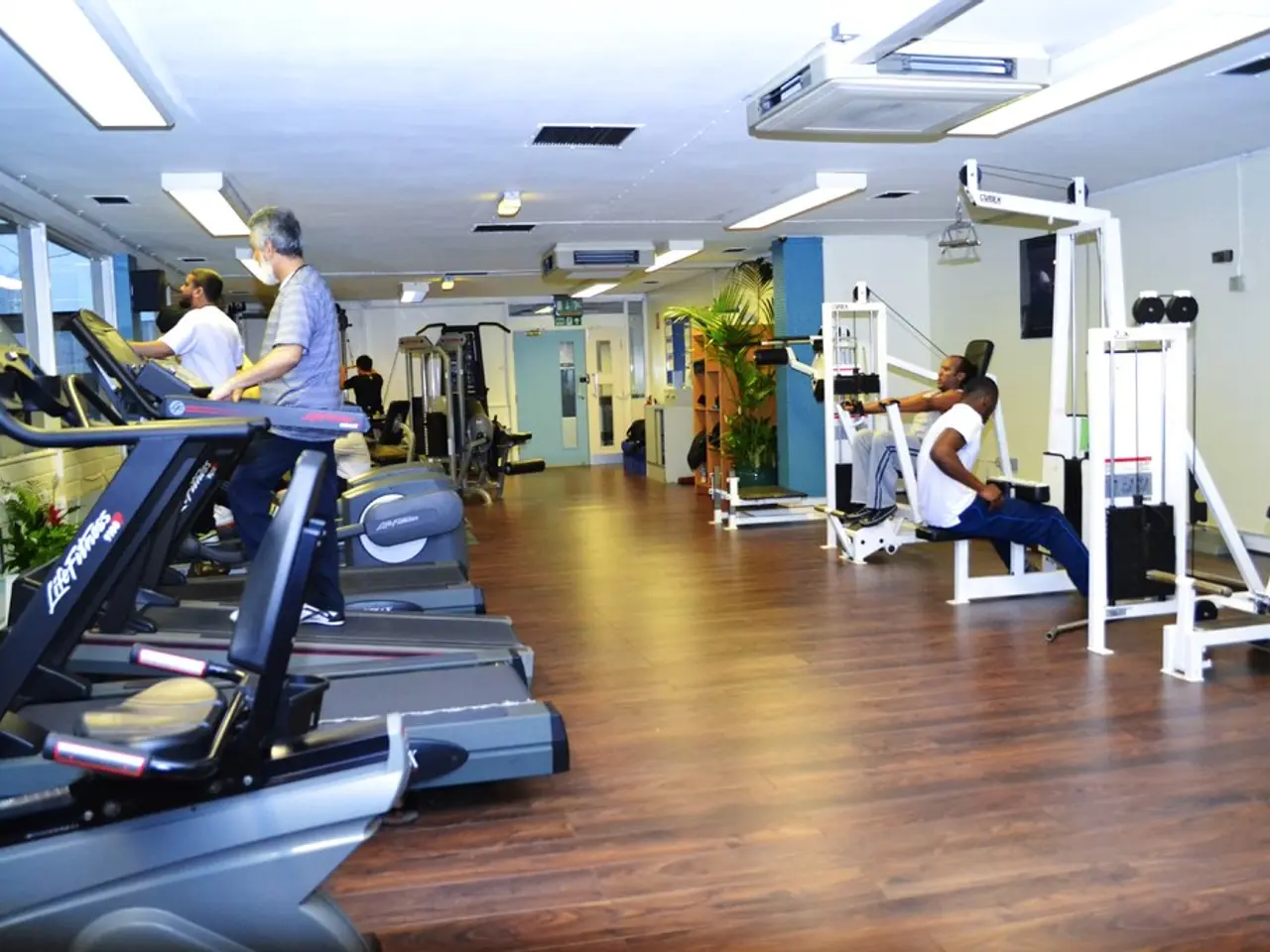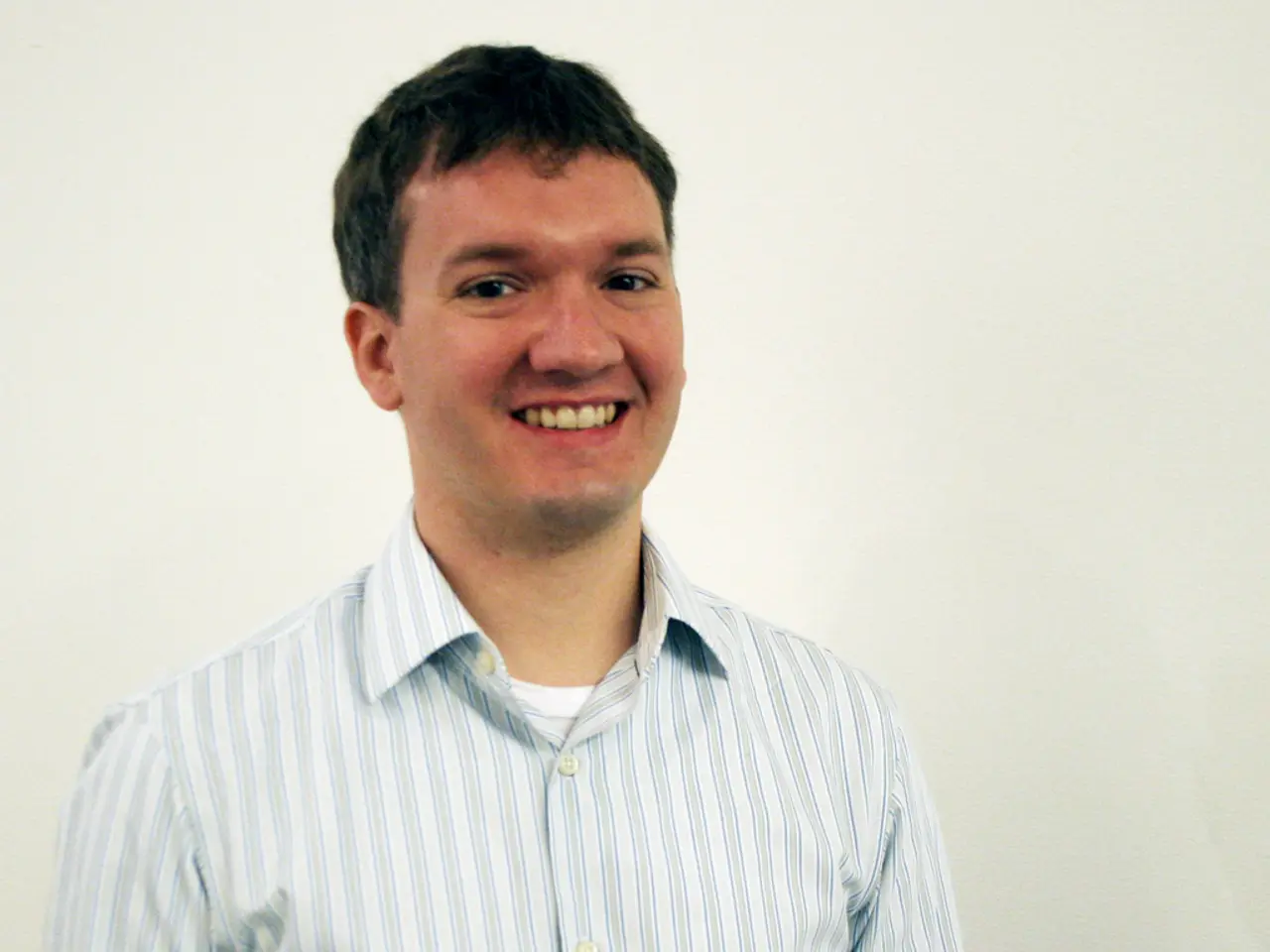Bioenergy healing: Explanation, functioning, advantages, and additional insights
In the realm of alternative healing practices, biofield therapies have been gaining traction as potential solutions for managing stress, anxiety, depression, and pain. These therapies claim to use energy fields to restore balance and health, and while the scientific community is still exploring their effectiveness, some preliminary supportive evidence is emerging.
A study involving 60 individuals with herniated disks found that Reiki and standard physiotherapy were equally effective at easing lower back pain. However, it's important to note that the scientific evidence on the effectiveness of biofield therapies like Reiki, Therapeutic Touch, Healing Touch, Pranic Healing, and Qigong remains limited and preliminary.
Research, including studies published in journals such as Frontiers in Psychology and Global Advances in Health and Medicine, suggests that Reiki and similar energy healing modalities may reduce symptoms of stress, anxiety, depression, and burnout more effectively than placebo controls. These studies delve into the concept of the human biofield—an energetic field around the body—and propose that modulation of this biofield can influence health outcomes through mechanisms possibly involving quantum-level energy transfer or mind-body interactions.
However, systematic reviews note the need for higher-quality, larger randomized controlled trials to establish definitive efficacy. For instance, while Reiki has some supporting data indicating potential benefits in reducing psychological distress and improving well-being, more robust clinical trials are required to confirm these findings. Similarly, Therapeutic Touch and Healing Touch aim to manipulate the biofield to promote healing, but rigorous scientific validation is still lacking.
One exploratory study on ‘Vancharya’ (a nature-based biofield healing practice) showed significant changes in participants’ subtle energy fields and reported improvements in mood and sleep over a short period. However, direct impacts on stress level measurements were not statistically significant within the study timeframe.
Qigong, a practice incorporating movement, breath, and energy work, has been linked to improvements in chronic pain and psychological well-being, but like other biofield therapies, more robust clinical trials are needed to confirm these findings.
Despite the ongoing scientific exploration, it's crucial to acknowledge that no scientific evidence suggests that energy fields exist, and there is little evidence that biofield therapies are effective beyond placebo effects and mind-body interactions. The NIH has begun recognising the biofield as a legitimate area of scientific inquiry, but conclusive, high-quality clinical evidence for these therapies is still forthcoming.
Online databases of local or regional associations can be used to find practitioners for biofield therapies, such as the International Association of Reiki Practitioners or the Healing Touch Professional Association. However, individuals receiving medical treatment should consult their healthcare professional about any potential risks before engaging in biofield therapy sessions.
In a session, the client lies on a massage table fully clothed, and the practitioner uses their hands to assess the client's energy field and send energy to the client through their hands. Biofield therapies, including Reiki and Pranic healing, have few potential risks, but more research is needed to fully understand their benefits and risks.
While the scientific community acknowledges the early-stage nature of the findings, the growing interest in biofield therapies indicates a potential avenue for future research and development in the field of integrative medicine. As more high-quality, large-scale studies are conducted, the understanding of these therapies and their potential benefits may continue to evolve.
- The study on Reiki and physiotherapy showed equal effectiveness in easing lower back pain, but the scientific evidence supporting biofield therapies like Reiki, Therapeutic Touch, Healing Touch, Pranic Healing, and Qigong remains limited.
- Some research suggests that Reiki and other energy healing modalities can reduce symptoms of stress, anxiety, depression, and burnout more effectively than placebo controls, but higher-quality, larger randomized controlled trials are needed to establish definitive efficacy.
- While practices like Vancharya show promising results in changes in participants' subtle energy fields and improvements in mood and sleep, more robust clinical trials are required to confirm and measure direct impacts on stress levels.




